The best exterior wall material of a building plays a critical role in its overall performance and appearance. It serves as the primary barrier against environmental elements, shielding the interior from rain, wind, and other weather conditions.
Table Of Content
- Exterior Wall Material for Your Home
- Key Takeaways of Exterior Wall Material for Your Home
- Factors to Consider When Choosing the Best Exterior Wall Material
- Climate and Environmental Considerations
- Aesthetic and Architectural Style
- Maintenance, Cost, and Energy Efficiency
- Comparing Different Types of Exterior Wall Materials
- The Benefits of Each Exterior Wall Material
- Cost Considerations for Exterior Wall Materials
- Maintenance and Durability of Exterior Wall Materials
- Durable and Low-Maintenance Options
- Options Requiring More Maintenance
- Highly Durable and Low-Maintenance Alternatives
- Choosing the Best Exterior Wall Material for Your Home
- FAQs
- What are the factors to consider when choosing the best exterior wall material?
- What are some common types of exterior wall materials?
- What are the advantages of using brick as an exterior wall material?
- What are the advantages of using stucco as an exterior wall material?
- What are the advantages of using wood as an exterior wall material?
- What are the advantages of using fiber cement as an exterior wall material?
- What are the advantages of using metal as an exterior wall material?
- What are the advantages of using vinyl as an exterior wall material?
The chosen material significantly influences the building’s aesthetic appeal, contributing to its visual impact and potentially affecting its market value.
Exterior wall materials also have a substantial impact on a building’s energy efficiency. Different materials possess varying insulation properties, which can affect heating and cooling costs. For instance, materials with high thermal mass can help regulate indoor temperatures by absorbing and releasing heat slowly throughout the day.
The durability and maintenance requirements of the best exterior wall material are important factors to consider. Some materials may require frequent upkeep or replacement, while others offer long-term durability with minimal maintenance. This can significantly influence the building’s long-term maintenance costs and overall lifespan.
Exterior Wall Material for Your Home
When selecting an exterior wall material, it is essential to balance functional requirements with aesthetic considerations. The chosen material should not only provide adequate protection and insulation but also complement the building’s architectural style and surrounding environment. Additionally, local building codes and climate conditions may influence the selection of appropriate exterior wall materials.
Common exterior wall materials include brick, stone, wood, vinyl siding, fiber cement, and various types of cladding systems. Each material has its own set of advantages and disadvantages in terms of cost, durability, insulation properties, and visual appeal. The choice of material can also impact the building’s sustainability profile, as some options are more environmentally friendly than others in terms of production, installation, and end-of-life disposal.
In conclusion, the selection of exterior wall material is a crucial decision in building design and construction, with far-reaching implications for the structure’s performance, appearance, and long-term costs.
Key Takeaways of Exterior Wall Material for Your Home
- The exterior wall material of a building is crucial for its overall appearance, protection, and energy efficiency.
- Factors to consider when choosing exterior wall material include climate, maintenance requirements, and cost.
- Different types of exterior wall materials include brick, wood, vinyl, stucco, and metal.
- Each exterior wall material offers unique benefits such as durability, insulation, and aesthetic appeal.
- Cost considerations for exterior wall materials include initial installation cost, long-term maintenance, and energy efficiency.
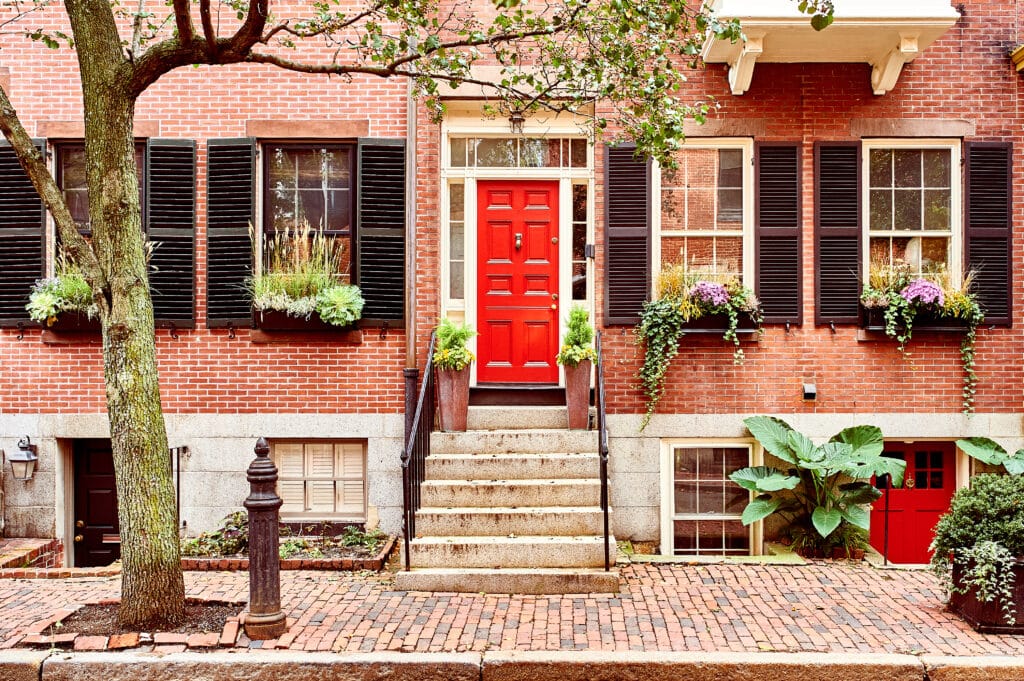
Factors to Consider When Choosing the Best Exterior Wall Material
Climate and Environmental Considerations
The climate and weather conditions of the building’s location play a significant role in the decision-making process. Different materials have varying levels of resistance to moisture, wind, and temperature fluctuations, making it essential to choose the best exterior wall material that can withstand the specific environmental challenges of the location.
Aesthetic and Architectural Style
The desired aesthetic and architectural style of the building should also be considered when selecting an exterior wall material. Some materials are better suited for modern designs, while others are more appropriate for traditional or rustic styles.
Maintenance, Cost, and Energy Efficiency
The maintenance requirements of the exterior wall material are another important factor to consider. Some materials may require regular painting or sealing to maintain their appearance and performance, while others may require more low maintenance.
The cost of the material, including both initial installation costs and long-term maintenance expenses, should also be carefully considered. Additionally, the insulation properties of the material and its impact on the energy efficiency of the building should be taken into account when making a decision.
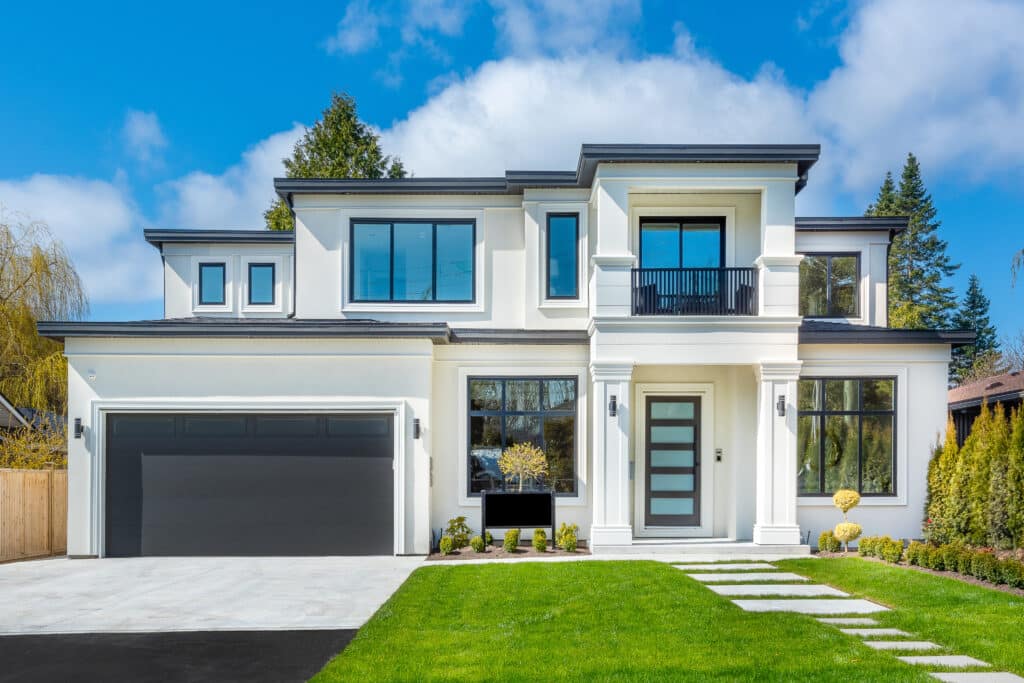
Comparing Different Types of Exterior Wall Materials
There are several different types of exterior wall materials available, each with its own unique characteristics and benefits. One common option is brick, which offers a timeless and classic look, as well as excellent durability and fire resistance. Another popular choice is vinyl siding, which is low-maintenance and comes in a wide range of colors and styles.
Wood siding is another traditional option that offers a natural and warm appearance but may require more maintenance than other materials. For a more modern and industrial look, metal siding or panels can be used as exterior wall material. These materials are durable and low-maintenance but may not offer as much insulation as other options.
Fiber cement siding is a versatile and durable option that can mimic the look of wood or masonry while offering better resistance to moisture and pests. Finally, stucco is a traditional material that provides a textured and decorative finish but may require more frequent maintenance to keep it looking its best.
The Benefits of Each Exterior Wall Material
| Exterior Wall Material | Benefits |
|---|---|
| Brick | Durable, low maintenance, good insulation properties |
| Wood | Natural look, renewable resource, easy to work with |
| Stucco | Fire resistant, low maintenance, good insulation properties |
| Vinyl | Low cost, low maintenance, variety of colors and styles |
Each type of exterior wall material offers its own set of benefits and advantages. Brick is known for its durability and fire resistance, as well as its classic and timeless appearance. Vinyl siding is low-maintenance and comes in a wide range of colors and styles, making it a versatile option for many different architectural styles.
Wood siding offers a natural and warm look, with the ability to be painted or stained in various colors. Metal siding or panels are durable and low-maintenance, making them a popular choice for modern and industrial designs. Fiber cement siding offers the look of wood or masonry with better resistance to moisture and pests.
Stucco provides a textured and decorative finish that can add character to a building’s exterior. Understanding the specific benefits of each material can help in making an informed decision when choosing exterior wall material for a building.
Cost Considerations for Exterior Wall Materials
The cost of exterior wall materials can vary significantly depending on the type of material chosen, as well as factors such as installation requirements and long-term maintenance expenses. Brick is generally considered a more expensive option due to its durability and classic appearance. Vinyl siding is often more affordable than other options, making it a popular choice for budget-conscious homeowners.
Wood siding can vary in cost depending on the type of wood chosen, with cedar being a more expensive option than pine or fir. Metal siding or panels can be a cost-effective option due to their durability and low maintenance requirements. Fiber cement siding is also relatively affordable compared to some other options while offering excellent durability and resistance to moisture.
Stucco can be a more expensive option due to its labor-intensive installation process and potential for more frequent maintenance needs.

Maintenance and Durability of Exterior Wall Materials
Durable and Low-Maintenance Options
Brick is renowned for its exceptional durability and low maintenance requirements, making it a long-lasting choice for many buildings. Vinyl siding is also low-maintenance, requiring only occasional cleaning to keep it looking its best.
Options Requiring More Maintenance
Wood siding may require more frequent maintenance, including painting or staining every few years to protect it from moisture and pests.
Highly Durable and Low-Maintenance Alternatives
Metal siding or panels are highly durable and low-maintenance, making them an attractive option for many homeowners. Fiber cement siding is resistant to moisture and pests, requiring minimal maintenance to keep it in good condition. Stucco may require more frequent maintenance to repair cracks or damage to its textured finish, but can still be a durable option when properly cared for.
Choosing the Best Exterior Wall Material for Your Home
When choosing the best exterior wall material for a home, it is important to carefully consider factors such as climate, architectural style, maintenance requirements, and budget. For homeowners seeking a classic and durable option, brick may be an ideal choice. Those looking for a low-maintenance and versatile option may find vinyl siding to be a suitable solution.
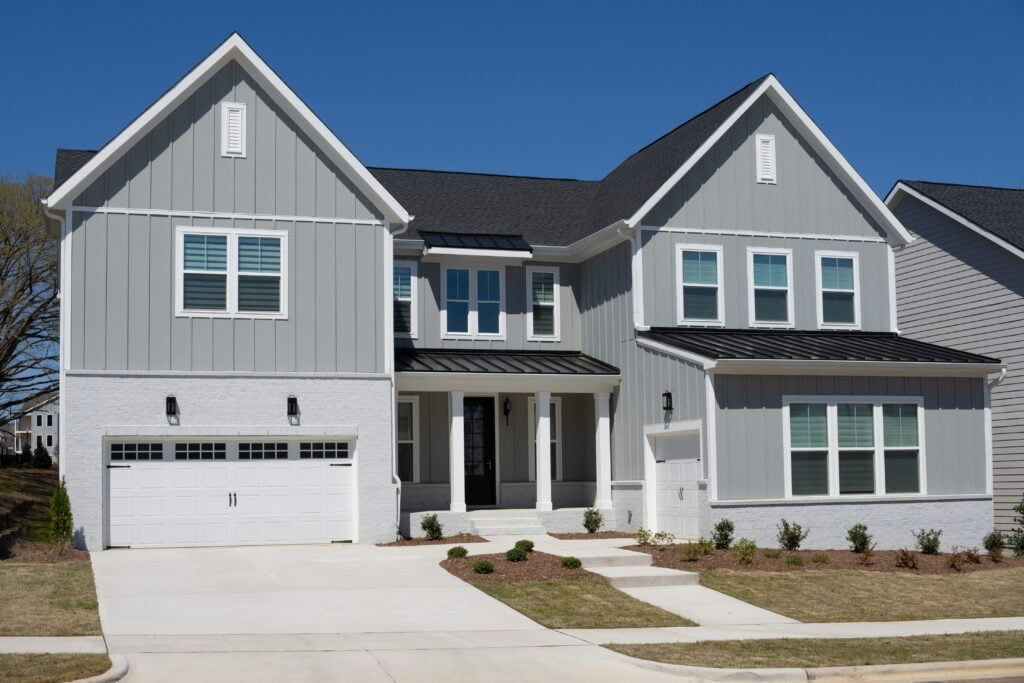
Wood siding can provide a natural and warm appearance but may require more maintenance over time. For modern designs, metal siding or panels can offer durability and a sleek aesthetic. Fiber cement siding provides the look of wood or masonry with better resistance to moisture and pests.
Stucco can add character and texture to a building’s exterior but may require more frequent maintenance. By carefully considering these factors and weighing the benefits of each material, homeowners can make an informed decision when choosing exterior wall material for their home.
When considering the best exterior wall material for your home, it’s important to also think about creating a carbon-free environment. This article on zero emissions and a carbon-free home provides valuable insights on how to reduce your home’s carbon footprint and create a more sustainable living space. By choosing environmentally friendly exterior wall materials, such as insulated concrete forms or fiber cement siding, you can contribute to a healthier planet while also enhancing the durability and energy efficiency of your home.
FAQs
What are the factors to consider when choosing the best exterior wall material?
When choosing the best exterior wall material, it is important to consider factors such as durability, weather resistance, maintenance requirements, cost, and aesthetic appeal.
What are some common types of exterior wall materials?
Common types of best exterior wall materials include brick, stone, stucco, wood, vinyl, fiber cement, metal, and composite materials.
What are the advantages of using brick as an exterior wall material?
Brick is known for its durability, low maintenance, fire resistance, and timeless aesthetic appeal. It also provides good insulation and can withstand various weather conditions.
What are the advantages of using stucco as an exterior wall material?
Stucco is a popular choice for its versatility, low maintenance, and ability to create a seamless, smooth finish. It is also durable and can be easily painted to match any design.
What are the advantages of using wood as an exterior wall material?
Wood offers a natural and warm aesthetic, and it can be easily customized to achieve different architectural styles. It is also a renewable resource and provides good insulation properties.
What are the advantages of using fiber cement as an exterior wall material?
Fiber cement is known for its durability, low maintenance, and resistance to fire, insects, and rot. It can also mimic the look of wood, stucco, or stone at a lower cost.
What are the advantages of using metal as an exterior wall material?
Metal offers a modern and sleek aesthetic, and it is highly durable, low maintenance, and resistant to fire, insects, and rot. It is also lightweight and can be recycled.
What are the advantages of using vinyl as an exterior wall material?
Vinyl is a cost-effective option that is low maintenance, durable, and resistant to rot and insects. It also comes in a variety of colors and styles to suit different design preferences.





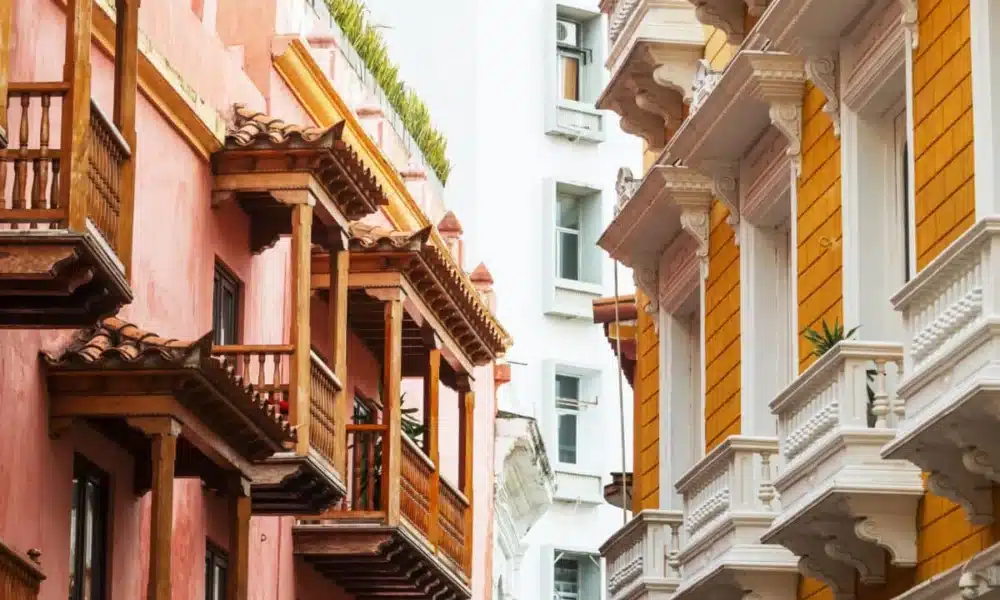


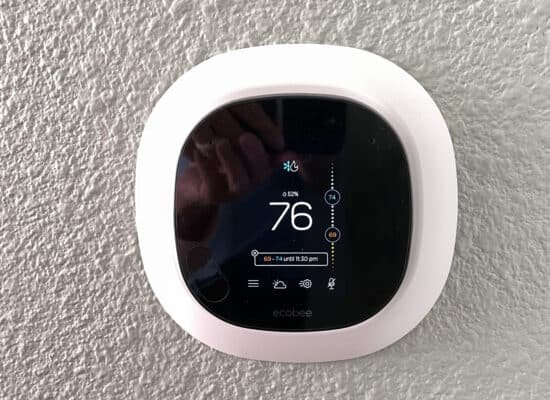

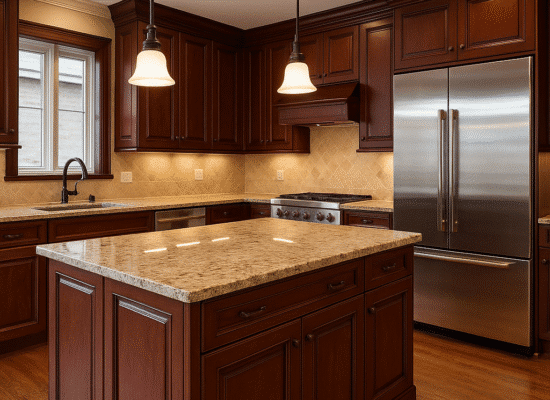
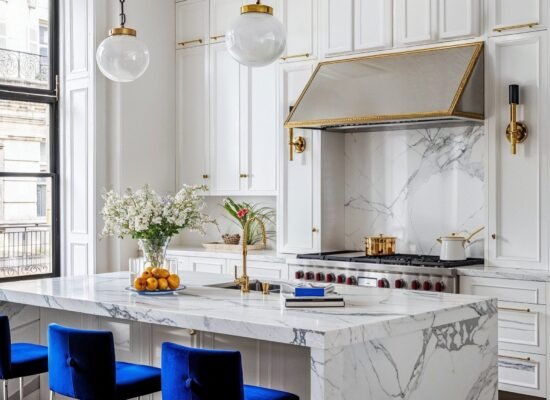
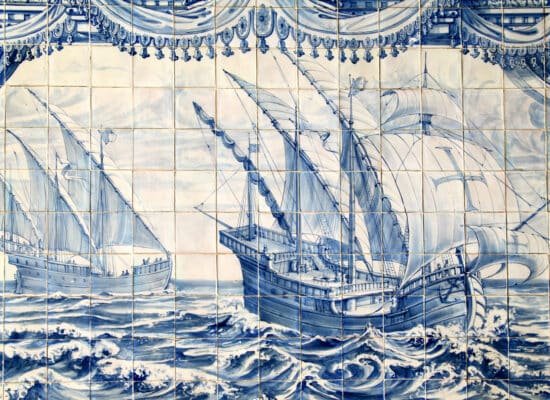
No Comment! Be the first one.